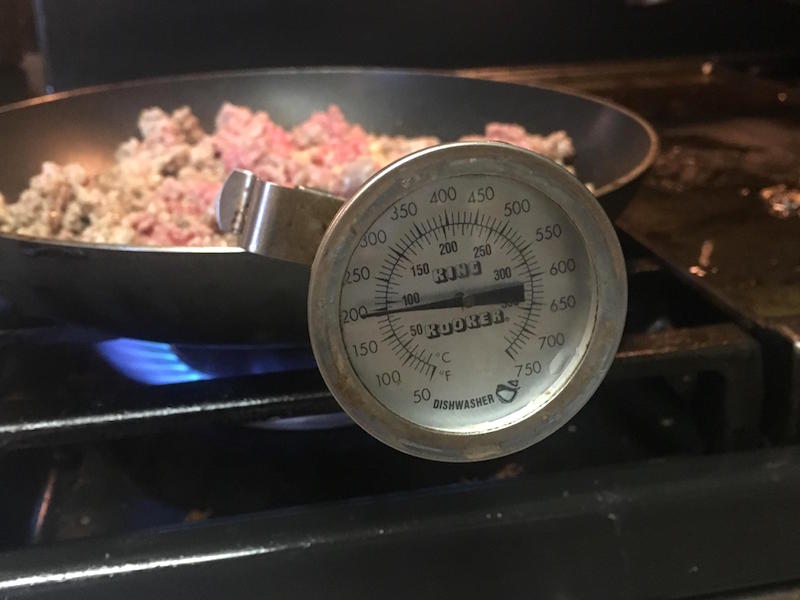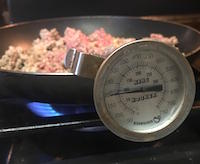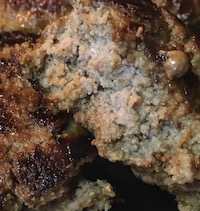It’s football season, and tailgating with friends before a game is a traditional part of the experience. Unfortunately, grilling your favorite cut of beef means increasing the potential for foodborne illness due to improper handling of food before, during and after cooking.
The food industry tries to make beef as safe as possible for consumers, but the consumer plays an integral part in ensuring meat is safe for consumption.
These reminders from the University of Georgia Meat Science and Technology Center will provide you with grilling skills to keep foodborne illness far from your fall tailgating get-togethers.
Cross-contamination can occur at multiple points starting with the grocery store. When selecting raw beef, always place it inside one of the plastic bags found hanging near most meat counters. Place meat items together in the grocery cart, away from other goods. Ask the cashier or bagger to place raw meat items together, not with other items. This ensures that raw meat juices do not come in contact with other items if a package breaks or leaks. It is especially important that raw meat does not come in contact with food that is intended to be eaten raw or without cooking.
At home, continue to make sure raw meat, raw meat juices and residue do not come in contact with other foods. Use different-colored cutting boards for various food items. Consider using a red board for raw meat, a green board for raw produce and a white board for cooked meat. If multiple cutting boards are not an option, prepare one food item at a time and thoroughly clean the cutting board with a sanitizer and warm, soapy water before cutting the next food item. Use separate utensils for raw and cooked meat. Wash your hands often with soap and hot water.
The only way to know that your beef is truly cooked is by checking its temperature with a thermometer. The thermometer must be calibrated correctly and often. You can easily calibrate a thermometer using ice water and boiling water to establish both ends of the temperature spectrum. If your thermometer cannot be calibrated, check its accuracy often and replace it when needed.
The U.S. Department of Agriculture recommends cooking all whole-muscle cuts of beef to a minimum of 145 degrees Fahrenheit measured in the thickest part of the meat, followed by a three-minute rest period before carving or consumption. The USDA recommends all ground beef products and enhanced or blade-tenderized products be cooked to a minimum of 160 F.
If you prefer your beef on the lower end of the temperature spectrum, you as the consumer must accept the fact that some contamination may still be present. This risk is minimized on whole-muscle cuts if the surface temperature reaches 160 F.
Judging temperature by cutting into a burger or steak to check the color is not a reliable practice. This releases juices, makes the beef dry and contaminates the cutting utensil if the meat is not cooked through.
Additionally, color, especially that of ground beef, can be very misleading. Premature browning, a color phenomenon known to happen in ground beef when the myoglobin color pigment changes at lower temperatures, can make the meat look grayish-brown even though the meat is not cooked through. Ground beef cooked to 160 F can remain pink, leading the cook to think the burger is not done. While this is not a food safety issue since the meat has reached an internal temperature of 160 F, it can be a quality issue if the cook continues to heat the burger in an effort to remove the pink color.
If the beef is cooked but is not going to be eaten right away, it should be kept above 140 F or cooled to below 40 F. If the beef is cooled, it should be done so quickly after cooking. Temperatures within the “danger zone,” between 40 F and 140 F, can enable growth of pathogenic bacteria.
Remember to use your thermometer and these simple food safety guidelines from UGA to create a safe eating experience at your next cookout.









